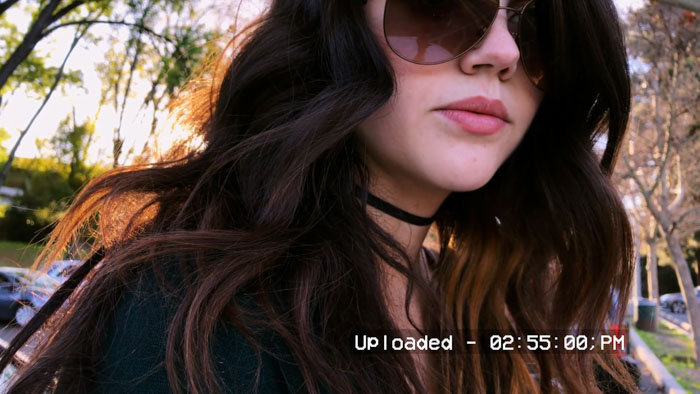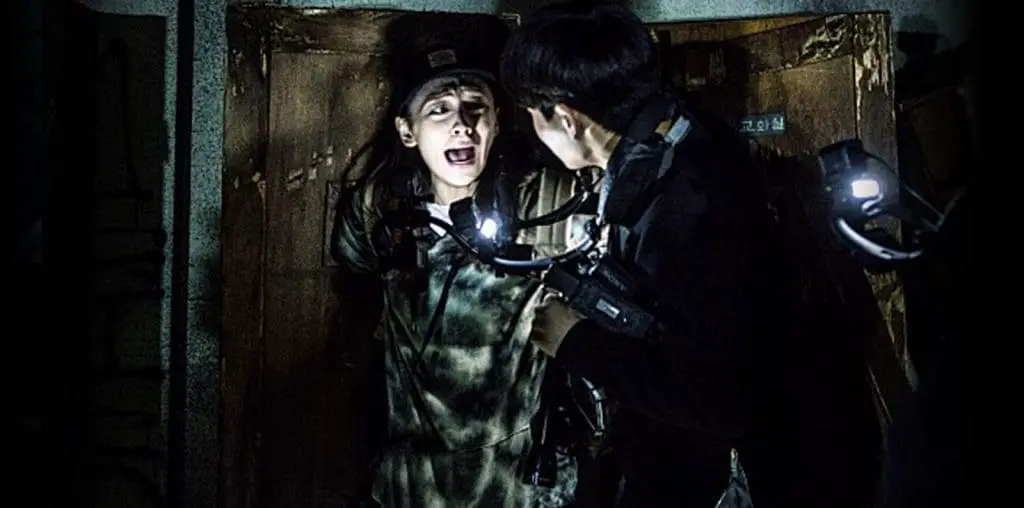
Tell me about your leads and how you researched their underlying characters.
I did quite a bit of research. I felt it was critical to creating the character of a transgender teenager struggling to find her voice and identity in a home and community that didn’t accept her. I got assistance from a couple of transgender teens to be sure I was portraying the story as accurately as possible.
The athlete’s story really resonated with me as most people wouldn’t expect a good-looking young athlete to be bullied in such extreme ways. Interestingly enough, it was inspired by the life of the young man that played the role. Then there’s the beautiful, popular girl with amazing grades and seemingly perfect life. Again, this was inspired by a young woman, exactly like the character who shocked everyone when she took her own life by walking off the top of a building.
I really wanted to present a range of characters, especially those that portray kids that you would never think would be bullied.
How did you approach writing their dialogue?
I did a lot of research on how teens communicate with each other on social media, especially in live videos or vlogs, to make it feel as real as possible.

“…they told us that seeing the end of the film gave them hope.”
Was there a specific audience you wanted to reach? I feel like the film speaks to many of us on the sidelines who may not know what is happening to our friends and family.
My goal was to reach teenagers and their parents, hoping to open a line of communication. We have had quite a few moms of teenagers reach out, thanking us for opening their eyes and telling us that it inspired conversation within their families. They watched the film with their teens and told us it was not only helping them but it is also helping their kids navigate these situations with friends and schoolmates. Surprisingly, to me, it also resonates with adults in their 60’s and 70’s. For them, it was an eye-opening experience as the world is a much different place now than it was when they were raising teenagers. While they knew that teen suicide was happening, seeing it done in this format really gave them a fly-on-the-wall experience. It was precisely why we chose to film it in this docu/selfie-style way of filming.
What struck me most about your film was the ending. I fear that, as portrayed, the ending might subliminally encourage a struggling teen to consider suicide seriously. Has there been much reaction to the ending?
The biggest reaction we’ve received to the end of the film is gratitude. Honestly, I was worried at first, as well, but I wanted to stay true to the stories. We’ve received messages and emails from kids that were in a dark place and potentially suicidal, and they told us that seeing the end of the film gave them hope. We also had a very positive response from the transgender community, saying it was inspiring to see a story similar to their own portrayed on the screen. We’re thrilled to say that the film and its ending have had a very opposite effect than some expected and have helped kids see that they have value and that there is always hope.
When Today Ends is currently available on all Video On Demand platforms.


